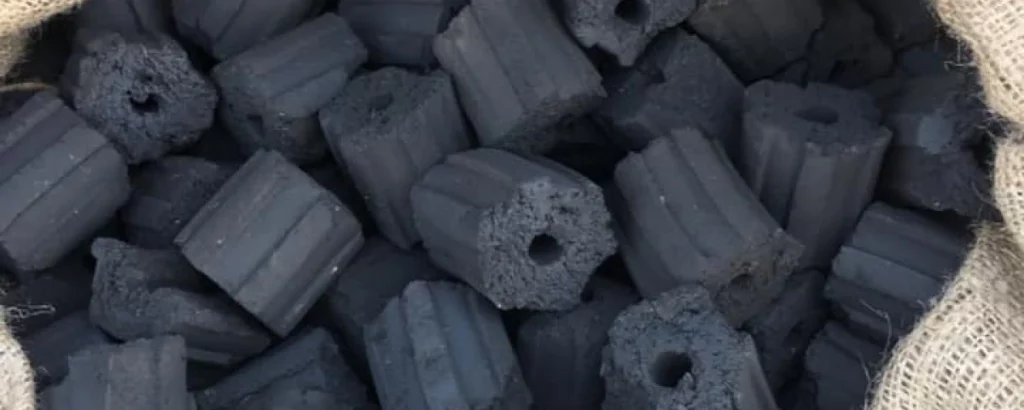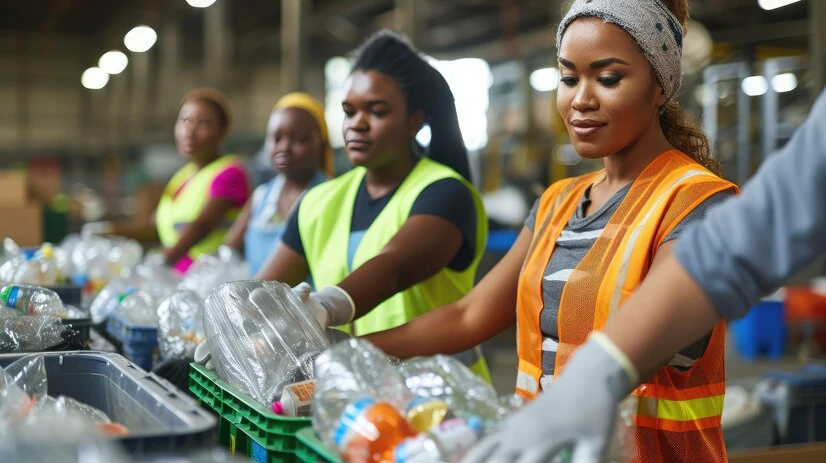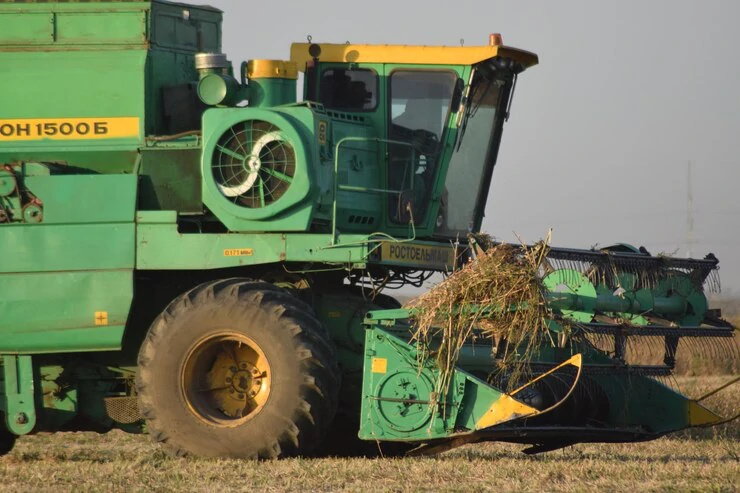The negative impact of plastic pollution has led to a wave of innovation in everything from plastic recycling to waste collection systems.
technology will play a key role in alleviating the plastic crisis on our planet, unlocking solutions and services that may not have existed even a few years ago.
Although there's still a long way to go, the era of green technologies is a promising one. Here are some of the technologies we're most excited about.
7 solutions to plastic pollution
Inger Andersen, Executive Director of the United Nations Environment Programme (UNEP), once said: "To effectively tackle the crisis of plastic pollution in our freshwater and marine ecosystems, we need innovative technologies that will serve us well for years to come".
In recent years, many start-ups and companies have risen to the challenge by launching cutting-edge technologies to combat plastic waste. From tracking and tracing systems to advanced recycling machines that separate materials, here are some of the most interesting developments.
1. The bubble barrier
According to the OECD, around 109 million tonnes of plastic waste are floating in rivers around the world. Increased rainfall and flooding mean even more waste in our water systems, eventually ending up in the sea and breaking down into harmful microplastics.
While there are many exciting developments in river cleaning systems, The Great Bubble Barrier is one of the most promising. This young Dutch company has developed an innovative technology that removes plastic pollution from rivers without affecting their flow or the surrounding wildlife.
The concept is simple but effective: air is pumped into a tube placed on the riverbed. The air escapes through holes in the tube and rises to the top, creating a wall of bubbles that directs the plastic towards the surface for collection.
The Great Bubble Barrier was a finalist for the Earthshot Award in 2022 and is already preventing around 8,000 pieces of plastic from entering the North Sea every month. The team behind the technology estimates that the system can collect at least 86% of all the plastic waste that passes through it.
The start-up's founders also plan to implement their technology in Germany and Portugal, and then roll it out across Asia.
2. Plastic credits
At least 2 billion people around the world don’t have access to proper waste management systems, putting them at increased risk of health problems and environmental pollution. But a new area of technology is helping address this.
Plastic credits are digital, transferable certificates representing a specific weight of plastic waste that has been recovered or recycled. They’re a smart way to ensure the traceability of waste with technology while supporting vulnerable communities most impacted by pollution.
Most credit systems use blockchain technology to log credit issuance, unlocking transparency throughout the waste lifecycle and holding businesses accountable.
It’s also a technology that businesses can easily adopt without making many adjustments to their systems, meaning it can be widely implemented quickly.
3. Track-and-trace waste recovery
Track-and-trace technology can also increase transparency in waste recovery systems. In the future, this technology could be widely adopted alongside plastic credits to ensure further accountability.
As its name suggests, track-and-trace software can monitor waste from collection to its endpoint, giving people a clear overview of where their plastic ends up and how its dealt with. It relies on QR codes, innovative AI systems, and Application Programming Interfaces (APIs) for traceability and transparency.
Through API integration, businesses can include this live data reporting on their websites, enabling clear communication to consumers and regulators about their commitments.
4. Microplastic removal
Some environmental experts believe that microplastics may negatively impact the environment, wildlife, and human health.
Due to the minuscule size of microplastics and nanoplastics, it’s hard to say quite how much there is of it in our natural environment. However, alarming studies have estimated that the volume of microplastics on the sea floor has tripled in just the last twenty years.
Luckily, there are some promising developments in the field of microplastic removal. In early 2024, researchers at Canada’s University of Waterloo developed a method that removed 94% of microplastics from water by trapping the particles inside a porous plastic structure.
In the study, scientists used thermal decomposition (the breakdown of substances through heat) to turn a nonrecyclable polymer called epoxy into activated carbon. They then treated the contaminated water with activated carbon, which trapped the microplastics within the porous structure of the epoxy substance.
Other exciting developments in this area include scientists creating a 3D hydrogel (a gel substance containing liquid and polymer layers) that can absorb and degrade microplastics.
Two US students recently also won funding for an ultrasound device that could potentially filter microplastics from water. While still in early development, the promising technology uses ultrasound waves to create pressure in a tube that separates microplastics from the water.
5. Solar-powered waste gathering
The Ocean Cleanup is another well-known non-profit creating technology to solve plastic waste. According to the organization’s research, 1,000 rivers contribute up to 80% of riverine pollution, and they decided to act.
Ocean Cleanup developed a fleet of barges, known as Interceptorsthat are powered by smart technology to collect plastic waste destined for our oceans.
The 100% solar-powered barges automatically extract plastic from rivers with a conveyor belt, and rely on sensor data to fill several dumpsters before automatically informing local operators about collections.
Ocean Cleanup now has 15 interceptor barges operating in eight countrieslike Indonesia and Jamaica — and has removed 3 000 000 de kilogrammes (kg) of trash from rivers worldwide.
6. AI-powered waste separation
Automated waste separation processes that rely on robotics, artificial intelligence, and deep learning have gathered pace in recent years.
Most standard sorting systems face operational challenges, including poor accuracy and the need for manual input. But technology is rapidly optimizing these processes and speeding up recycling abilities.
Several companies operate in this field, like Recyleye, which uses ‘AI optical air-jet sorters’ to spot materials and separate them from mixed waste. These industrial-sized waste-sorting machines rely on smart technology and machine learning to identify recyclable materials at scale as they run through the conveyor belt system.
In 2023, Recycleye was one of several organizations that formed a partnership called Project OMNI. This partnership created a technology that separated food-grade polypropylene plastic from household post-consumer waste.
7. Biotech for plastic breakdown
While most of the solutions we’ve mentioned focus on recovering plastic waste, the big question is how to deal with waste once it’s collected. But there are also technical developments here.
Standard recycling processes are impactful to an extent, but recovering ocean plastics is complex because the materials are often degraded, so they can't always be recycled.
While some organizations use alternative disposal methods like co-processing, the field of biotech is where things get really interesting.
Carbios is an example of an organization working on biotech-powered recycling systems, developing methods that break down and recycle plastics with technology.
It uses enzymatic recycling processes, which rely on enzymes to break down plastic and turn it into its original components. This means bio-recycling can break down low-quality and mixed plastic without compromising the quality of the recycled material.
The challenges of preventing plastic pollution
Solving the planet’s plastic crisis won’t happen overnight — but we are hopeful that we can reach this goal over time.
The reality is there are still a lot of challenges in addressing plastic pollution and limitations to technological advancements in this field. Some of the biggest obstacles include:
- Recycling processes face complexities, due to certain materials and mixed components
- Degradation of ocean-based plastic means some waste can’t be recycled
- Plastic pollution technologies are sometimes hard to scale
- Pro-plastic lobbying continues to shape some government discourse on pollution
- Some companies continue to neglect their role in post-consumer waste
Summary
A global, systemic change in how we rely on plastic will take time, investments, and a multifaceted approach.
We know there’s a long way to go, but technological advancements continue to gather momentum — and that’s something to be hopeful about.
Thanks to recent developments in plastic pollution technology, we can accelerate efforts to clean up our planet and make a difference.








